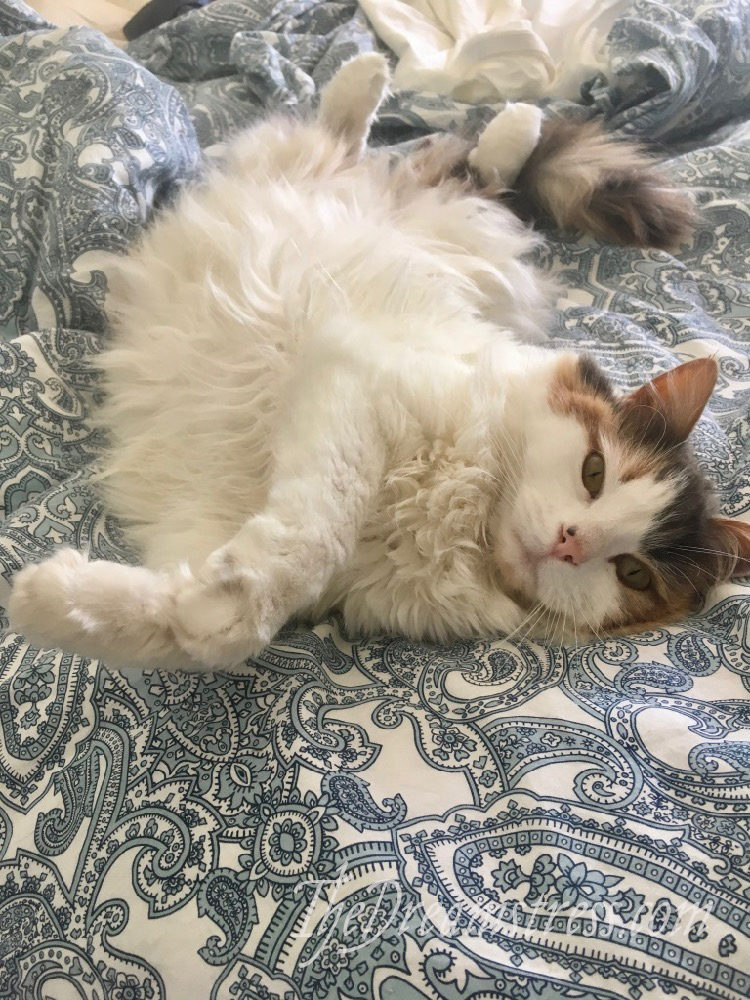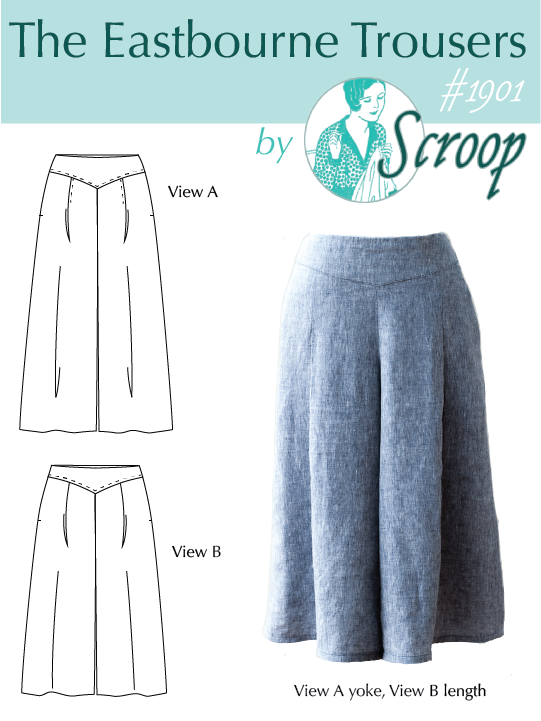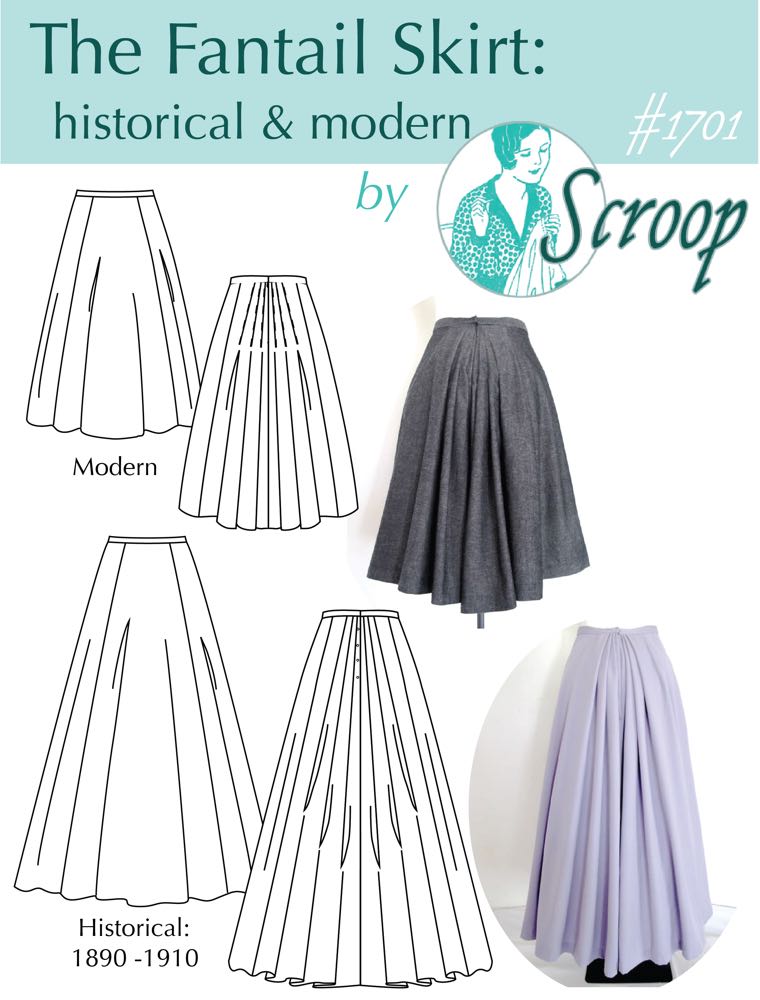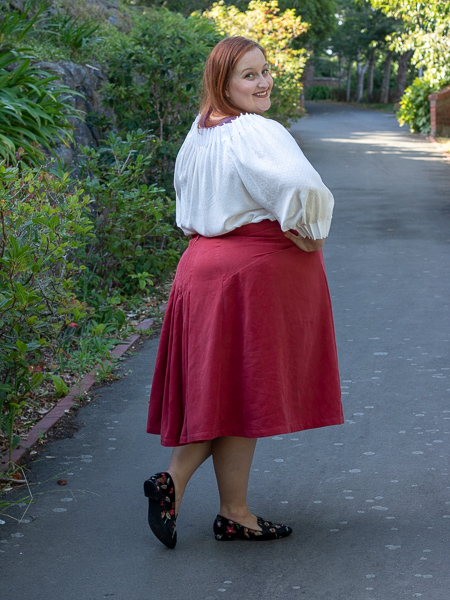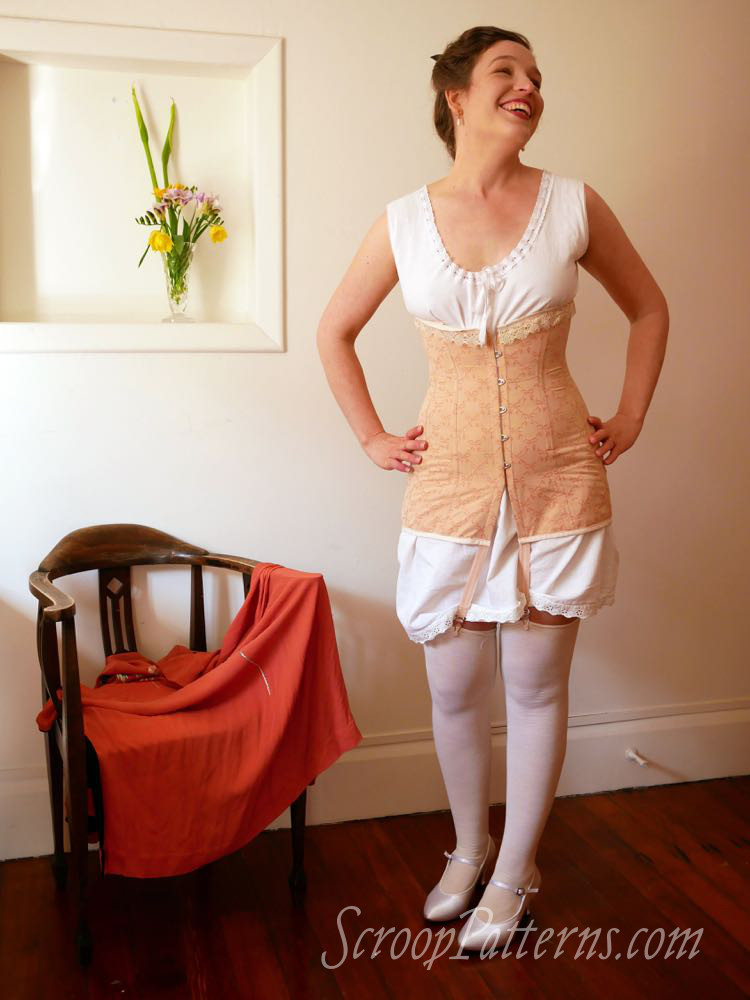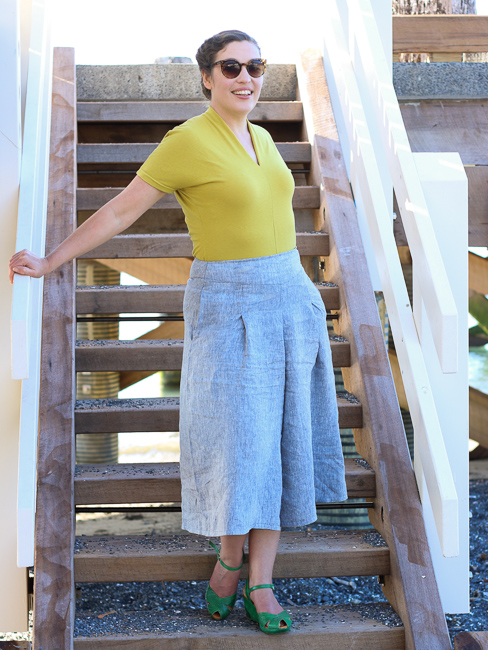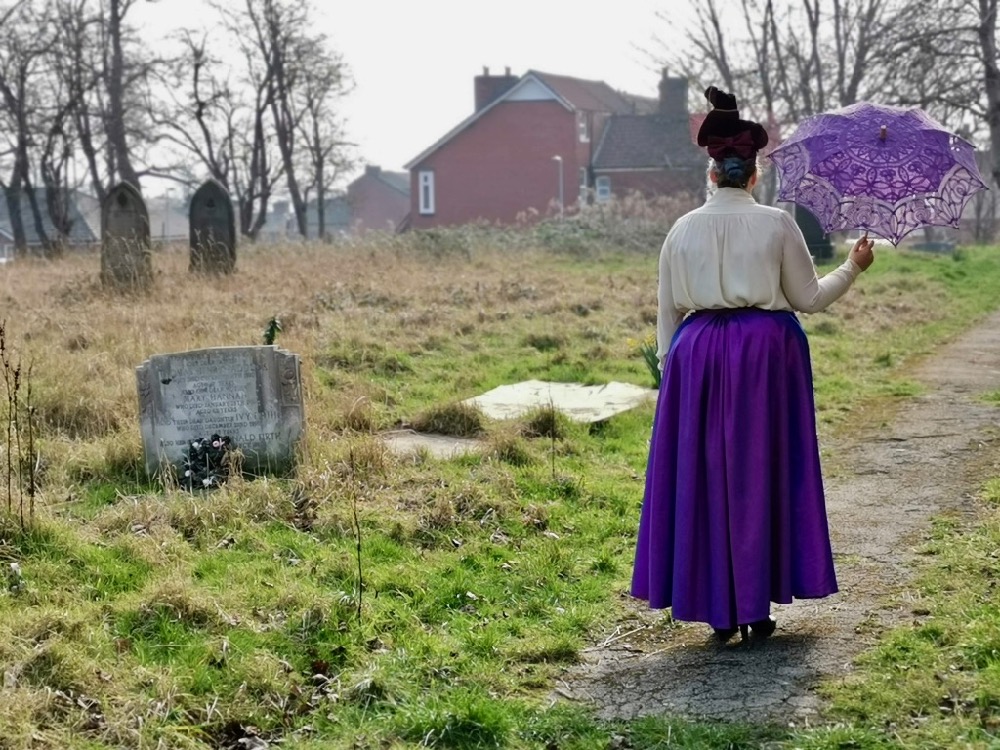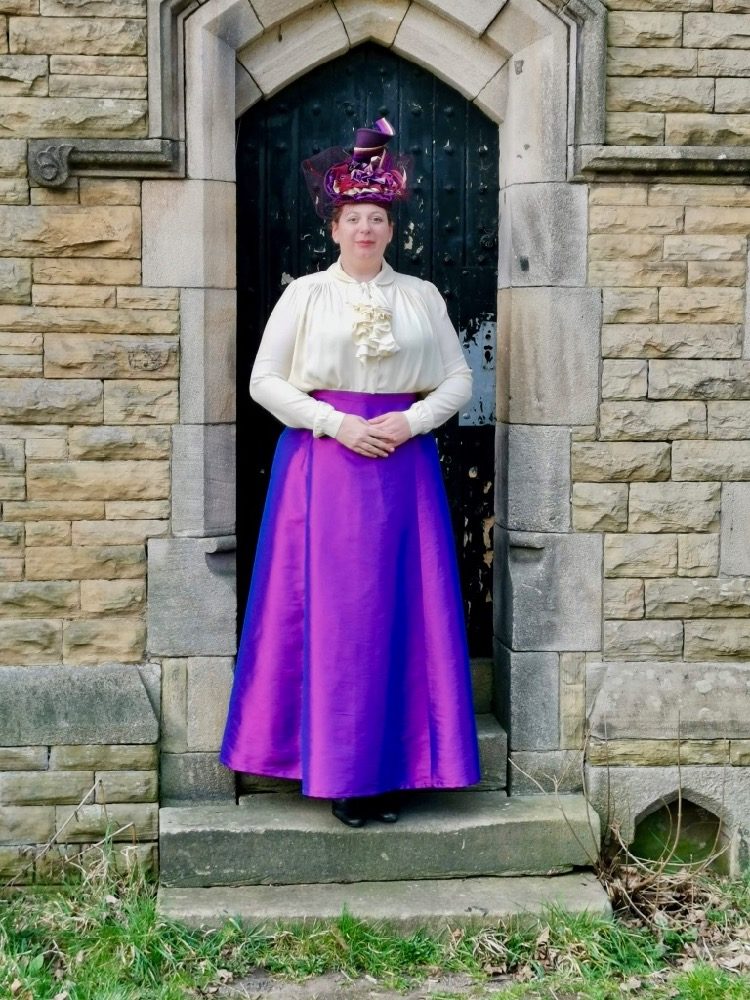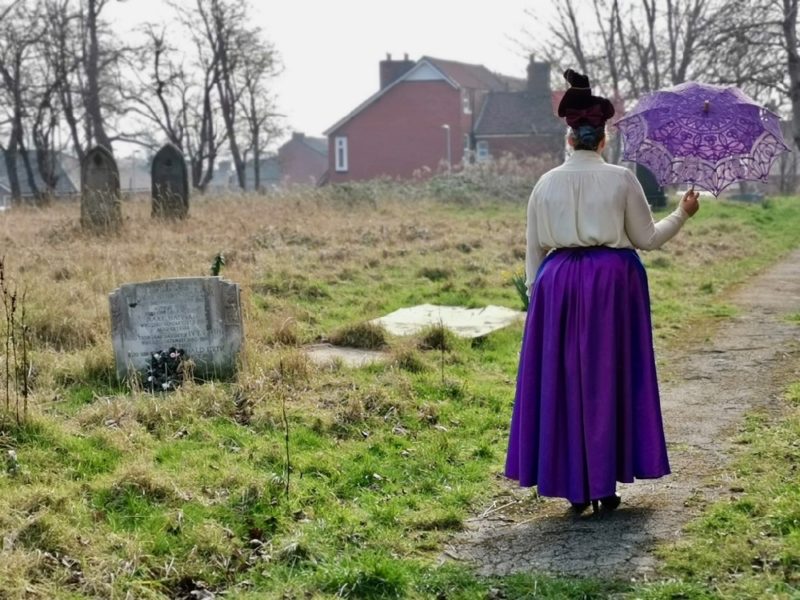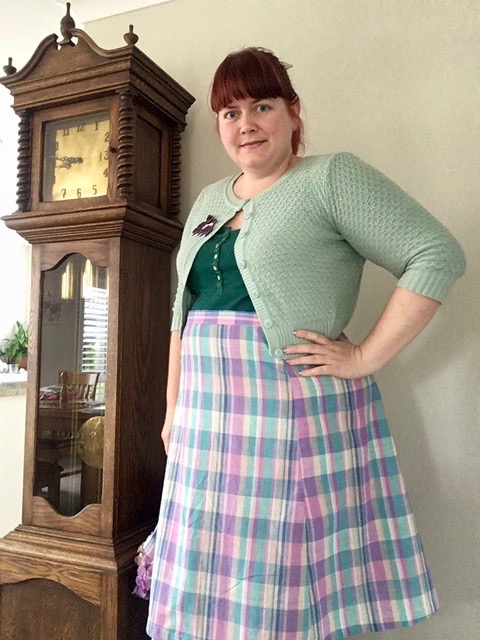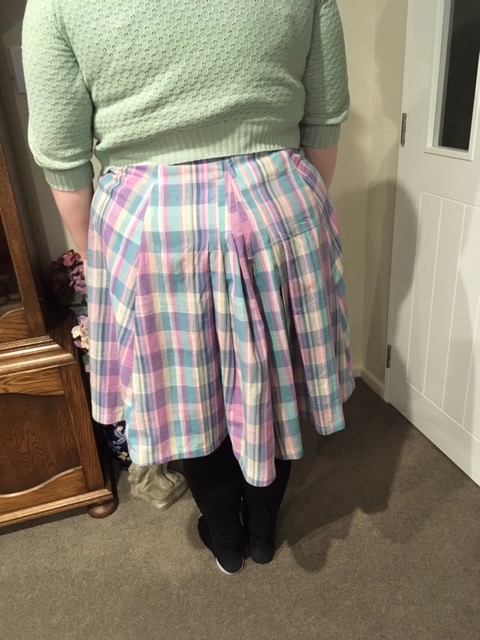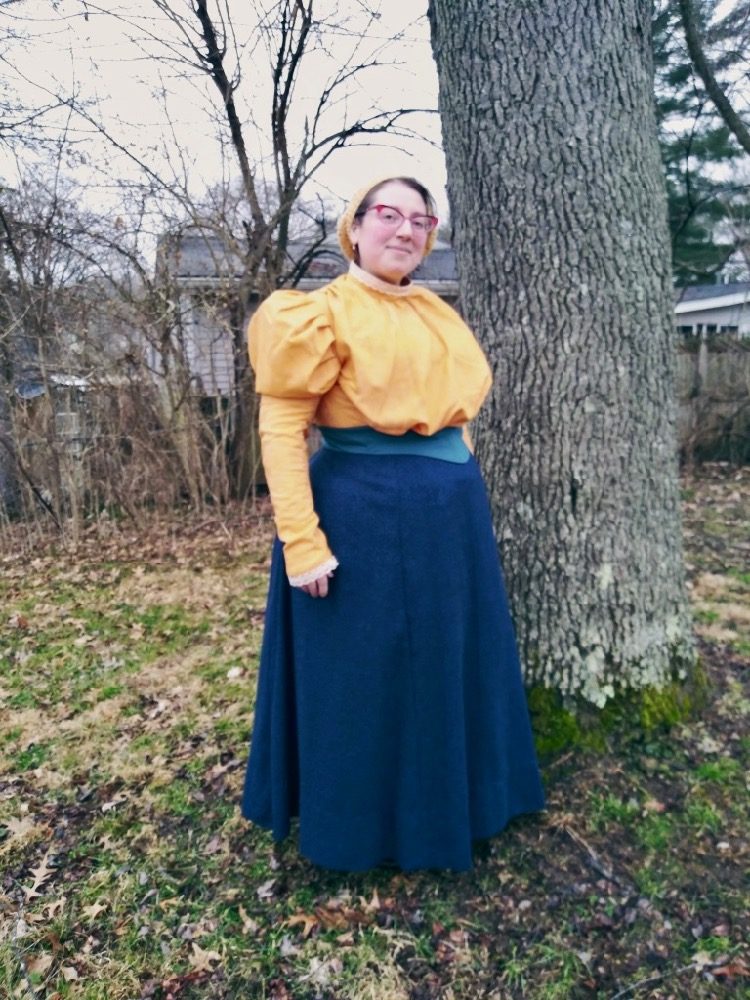Cats spend most of their time sleeping, and Felicity the Sewing Cat has definite opinions about sleeping – especially the sleeping hours she shares with us.
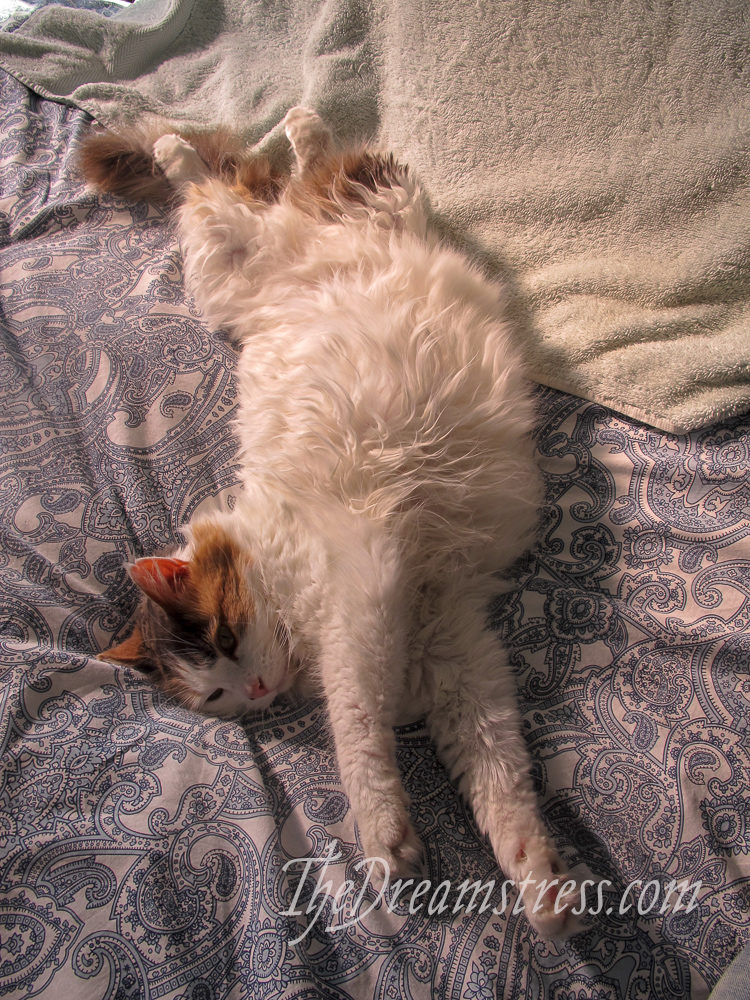
If I’m sleeping, she should be sleeping.
If I take a nap, Felicity will join me. It doesn’t matter what else is going on: her favourite person might be here, the back door might be open on the perfect day for sleeping in the garden, the heater might be on… nope. Her job is to sleep with me.
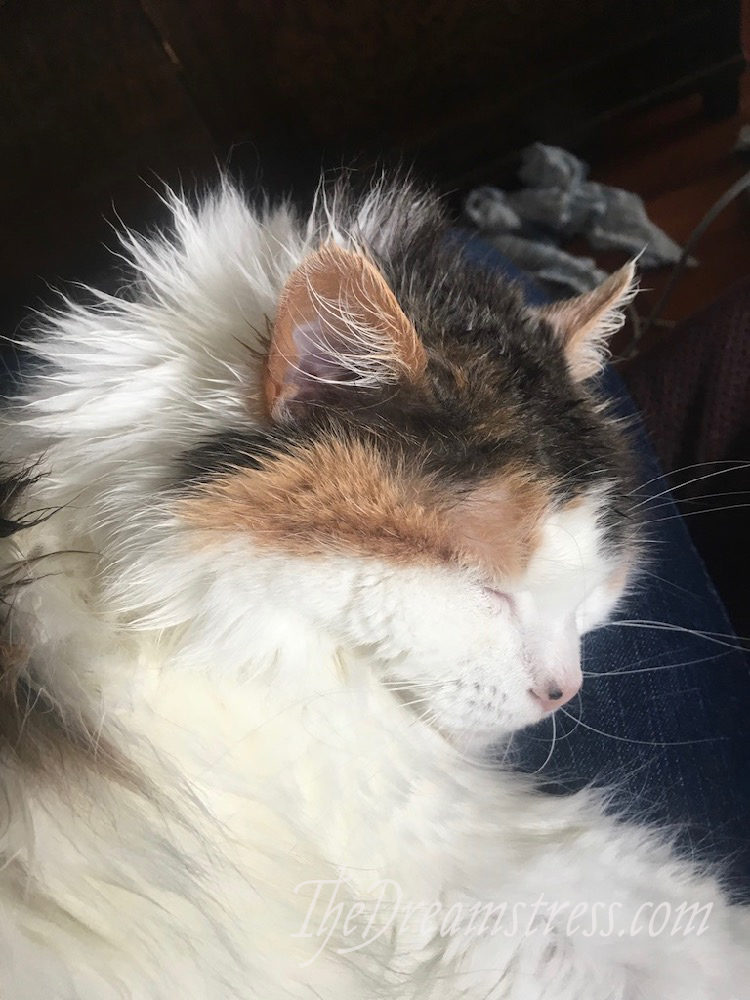
Our family sleeps in the big bed, Felicity is part of our family, thus she sleeps in the big bed.
If we have guests she’ll go and visit them in the morning, but even if they are housesitting and we aren’t home, she sleeps in our bed.
The only exception is if one of the big family members is sick, and I move to the guest bed so we can both sleep. Then she comes with me. Because apparently her job is to sleep with me.
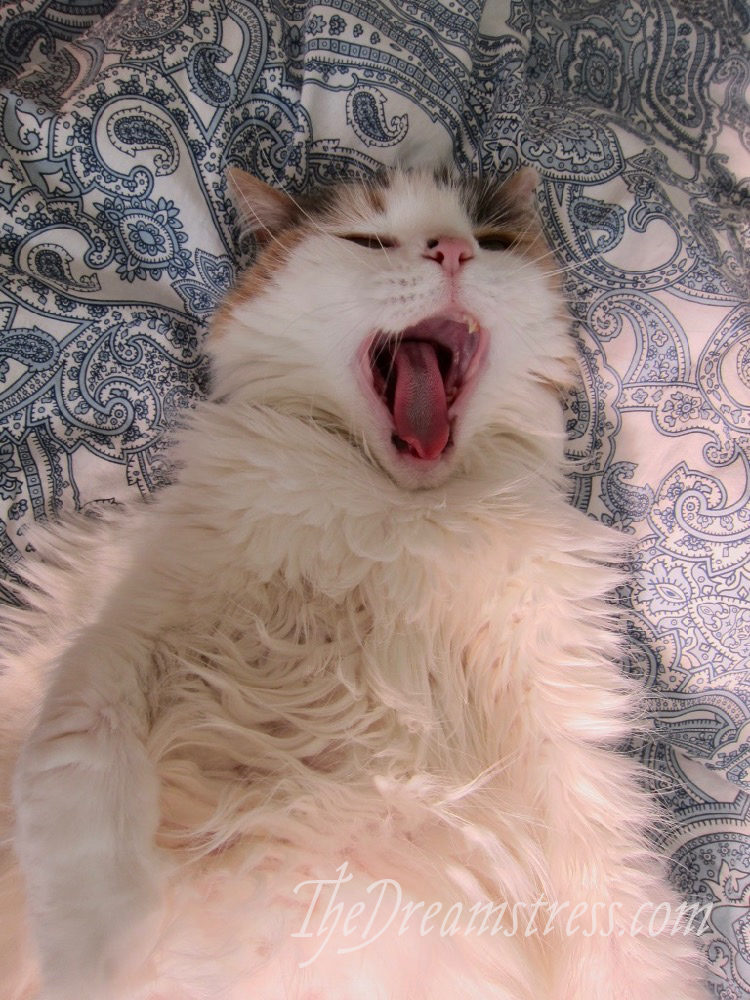
Bedtime should be 10pm
Bedtime is rarely 10pm in our house, but Felicity lives in hope. At about 9:45 she gets up from the couch or the rug in front of the heater, and takes up her station in the hall between the lounge and the bedroom. Pass through that hallway, and she’ll try to herd you into the bedroom with encouraging meeps.
She’ll do this for an hour, and then give up at 10:45, and retreat to the bed, where she will glare at us with accusatory and disappointing looks as we come in and get ready.
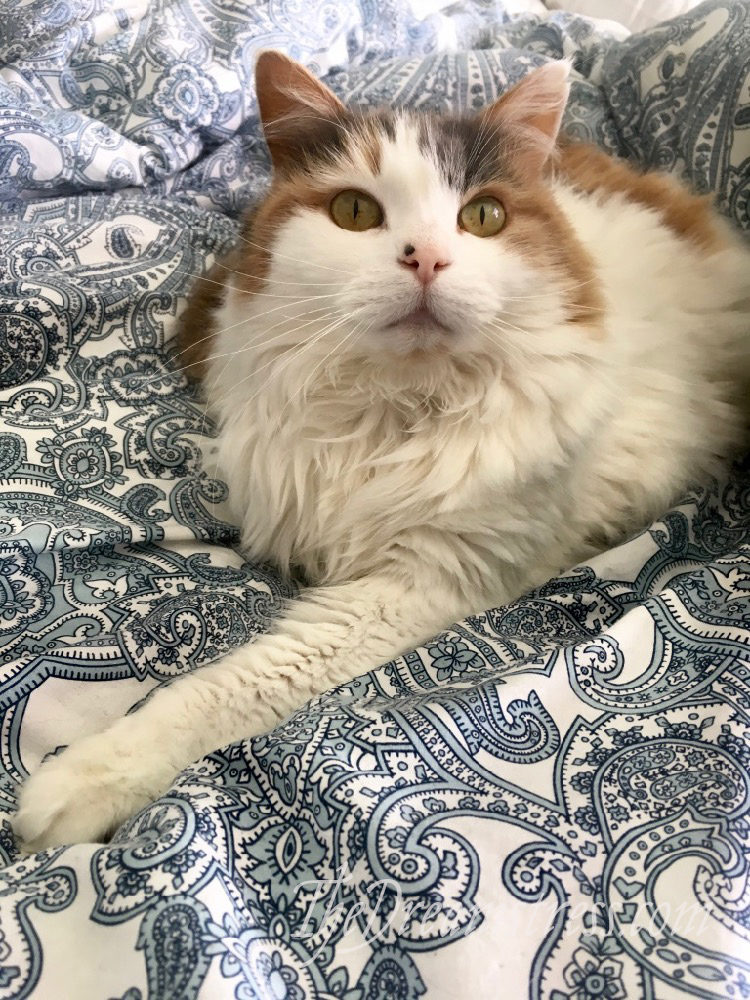
There is a proper way to get into and out of bed
Bed should be entered via my (very large) bedside table.
Bed should be exited via the foot at Mr D’s side.
If I’m a bad person and pile so much stuff on my table that she can’t hop up on to it and then to the bed she’ll hop on the bed, carefully pick her way on to my bedside table, sit down, stand up, and then go back to the bed.
If I’m a worse person and pick her up and put her on the bed, she’ll immediately walk across the bed, jump off it at the proper exit space, walk around the bed, and get back on via the bedside table.
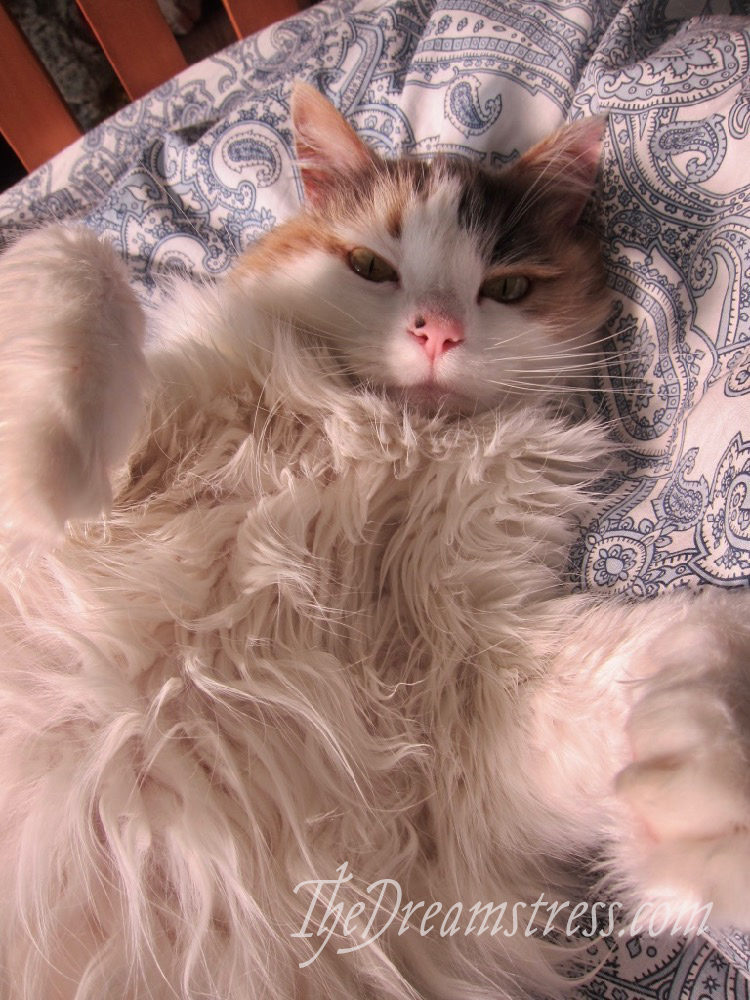
When Mr D wakes up, it’s cuddle time
I know when Mr D has begun to wake up in the morning, because when it happens I can feel Felicity uncurl herself from where she sleeps at my feet, walk up the bed, sit on Mr D’s chest, and start purring.
Her ability to sense his rise into consciousness is pretty uncanny. And pretty adorable. Nothing beats Saturday morning purrs and cuddles in bed with Miss Fiss and Mr D.

It’s the perfect balm for the soul.
